Ming Du
Demonstration of an AI-driven workflow for dynamic x-ray spectroscopy
Apr 23, 2025Abstract:X-ray absorption near edge structure (XANES) spectroscopy is a powerful technique for characterizing the chemical state and symmetry of individual elements within materials, but requires collecting data at many energy points which can be time-consuming. While adaptive sampling methods exist for efficiently collecting spectroscopic data, they often lack domain-specific knowledge about XANES spectra structure. Here we demonstrate a knowledge-injected Bayesian optimization approach for adaptive XANES data collection that incorporates understanding of spectral features like absorption edges and pre-edge peaks. We show this method accurately reconstructs the absorption edge of XANES spectra using only 15-20% of the measurement points typically needed for conventional sampling, while maintaining the ability to determine the x-ray energy of the sharp peak after absorption edge with errors less than 0.03 eV, the absorption edge with errors less than 0.1 eV; and overall root-mean-square errors less than 0.005 compared to compared to traditionally sampled spectra. Our experiments on battery materials and catalysts demonstrate the method's effectiveness for both static and dynamic XANES measurements, improving data collection efficiency and enabling better time resolution for tracking chemical changes. This approach advances the degree of automation in XANES experiments reducing the common errors of under- or over-sampling points in near the absorption edge and enabling dynamic experiments that require high temporal resolution or limited measurement time.
Predicting ptychography probe positions using single-shot phase retrieval neural network
May 31, 2024Abstract:Ptychography is a powerful imaging technique that is used in a variety of fields, including materials science, biology, and nanotechnology. However, the accuracy of the reconstructed ptychography image is highly dependent on the accuracy of the recorded probe positions which often contain errors. These errors are typically corrected jointly with phase retrieval through numerical optimization approaches. When the error accumulates along the scan path or when the error magnitude is large, these approaches may not converge with satisfactory result. We propose a fundamentally new approach for ptychography probe position prediction for data with large position errors, where a neural network is used to make single-shot phase retrieval on individual diffraction patterns, yielding the object image at each scan point. The pairwise offsets among these images are then found using a robust image registration method, and the results are combined to yield the complete scan path by constructing and solving a linear equation. We show that our method can achieve good position prediction accuracy for data with large and accumulating errors on the order of $10^2$ pixels, a magnitude that often makes optimization-based algorithms fail to converge. For ptychography instruments without sophisticated position control equipment such as interferometers, our method is of significant practical potential.
Fast Locality Sensitive Hashing with Theoretical Guarantee
Sep 27, 2023Abstract:Locality-sensitive hashing (LSH) is an effective randomized technique widely used in many machine learning tasks. The cost of hashing is proportional to data dimensions, and thus often the performance bottleneck when dimensionality is high and the number of hash functions involved is large. Surprisingly, however, little work has been done to improve the efficiency of LSH computation. In this paper, we design a simple yet efficient LSH scheme, named FastLSH, under l2 norm. By combining random sampling and random projection, FastLSH reduces the time complexity from O(n) to O(m) (m<n), where n is the data dimensionality and m is the number of sampled dimensions. Moreover, FastLSH has provable LSH property, which distinguishes it from the non-LSH fast sketches. We conduct comprehensive experiments over a collection of real and synthetic datasets for the nearest neighbor search task. Experimental results demonstrate that FastLSH is on par with the state-of-the-arts in terms of answer quality, space occupation and query efficiency, while enjoying up to 80x speedup in hash function evaluation. We believe that FastLSH is a promising alternative to the classic LSH scheme.
Tao: A Learning Framework for Adaptive Nearest Neighbor Search using Static Features Only
Oct 02, 2021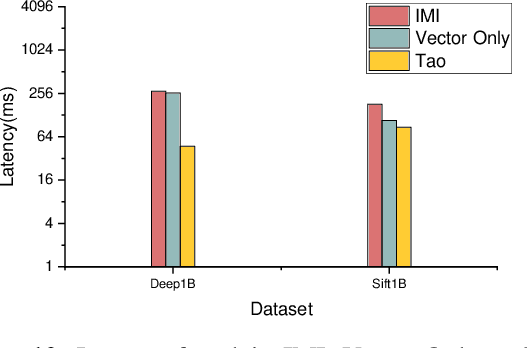
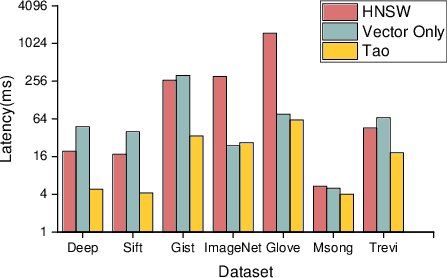
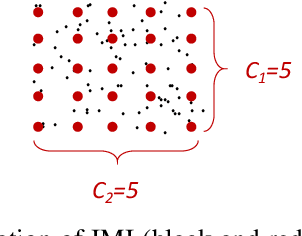

Abstract:Approximate nearest neighbor (ANN) search is a fundamental problem in areas such as data management,information retrieval and machine learning. Recently, Li et al. proposed a learned approach named AdaptNN to support adaptive ANN query processing. In the middle of query execution, AdaptNN collects a number of runtime features and predicts termination condition for each individual query, by which better end-to-end latency is attained. Despite its efficiency, using runtime features complicates the learning process and leads to performance degradation. Radically different from AdaptNN, we argue that it is promising to predict termination condition before query exetution. Particularly, we developed Tao, a general learning framework for Terminating ANN queries Adaptively using Only static features. Upon the arrival of a query, Tao first maps the query to a local intrinsic dimension (LID) number, and then predicts the termination condition using LID instead of runtime features. By decoupling prediction procedure from query execution, Tao eliminates the laborious feature selection process involved in AdaptNN. Besides, two design principles are formulated to guide the application of Tao and improve the explainability of the prediction model. We integrate two state-of-the-art indexing approaches, i.e., IMI and HNSW, into Tao, and evaluate the performance over several million to billion-scale datasets. Experimental results show that, in addition to its simplicity and generality , Tao achieves up to 2.69x speedup even compared to its counterpart, at the same high accuracy targets.
Using a modified double deep image prior for crosstalk mitigation in multislice ptychography
Jan 29, 2021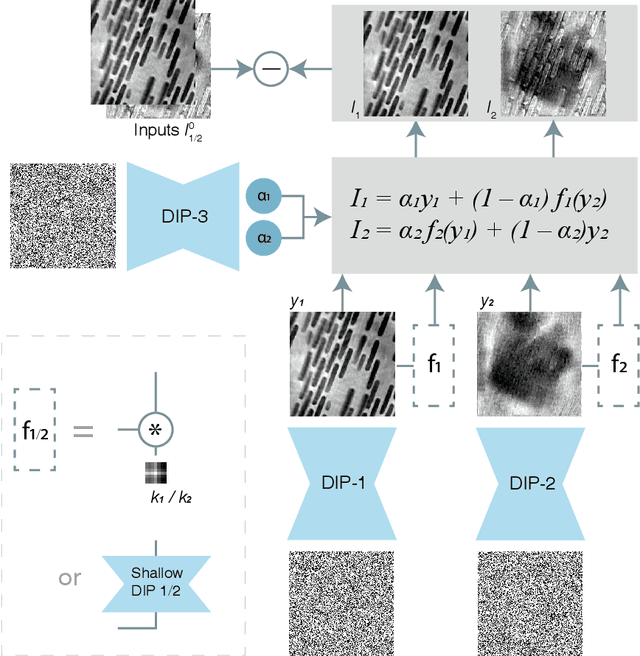
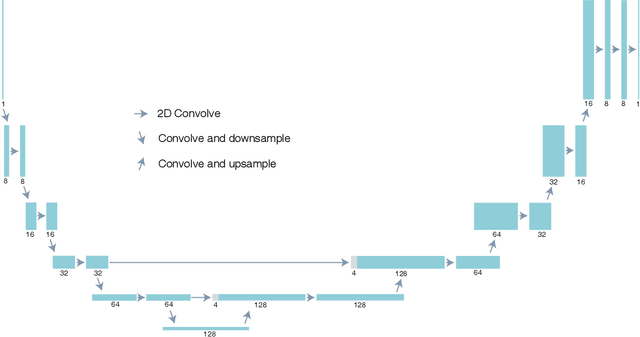
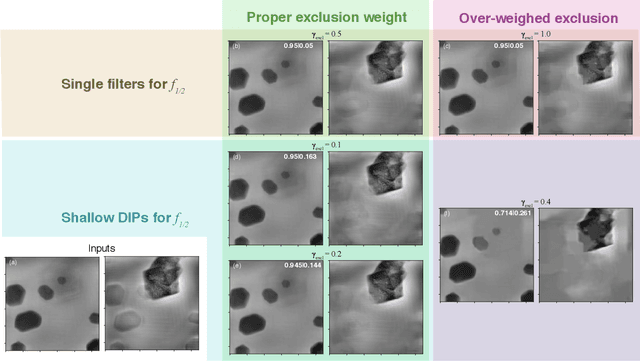
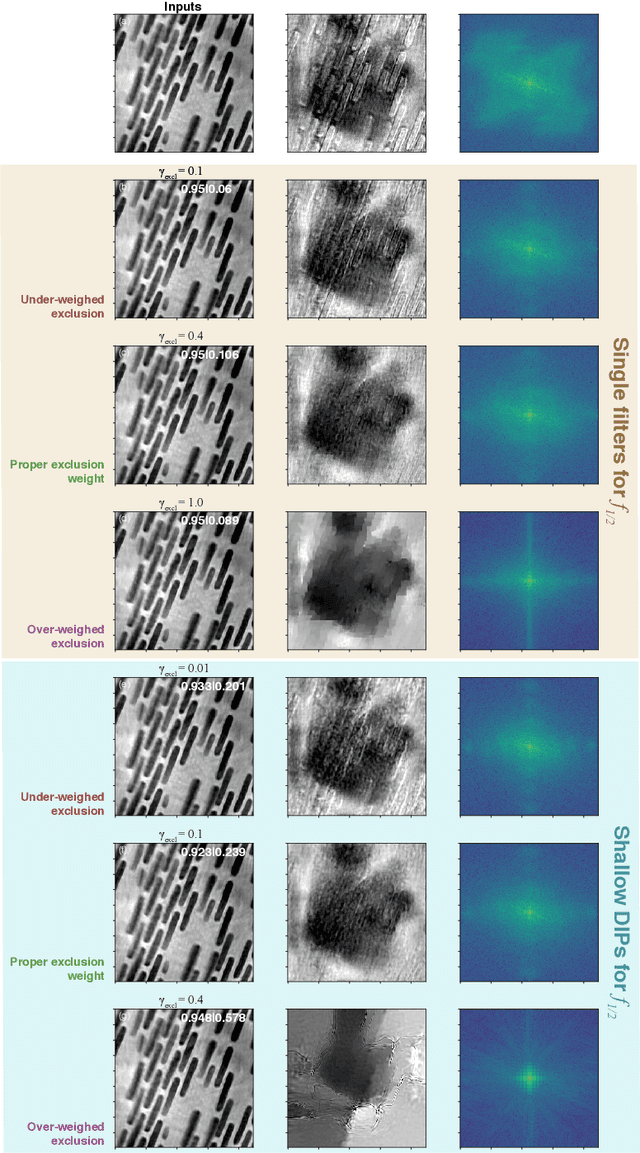
Abstract:Multislice ptychography is a high-resolution microscopy technique used to image multiple separate axial planes using a single illumination direction. However, multislice ptychography reconstructions are often degraded by crosstalk, where some features on one plane erroneously contribute to the reconstructed image of another plane. Here, we demonstrate the use of a modified "double deep image prior" (DDIP) architecture in mitigating crosstalk artifacts in multislice ptychography. Utilizing the tendency of generative neural networks to produce natural images, a modified DDIP method yielded good results on experimental data. For one of the datasets, we show that using DDIP could remove the need of using additional experimental data, such as from x-ray fluorescence, to suppress the crosstalk. Our method may help x-ray multislice ptychography work for more general experimental scenarios.
Adorym: A multi-platform generic x-ray image reconstruction framework based on automatic differentiation
Dec 22, 2020
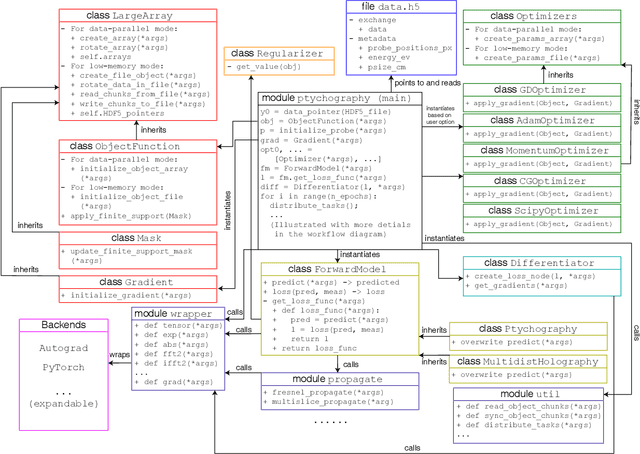
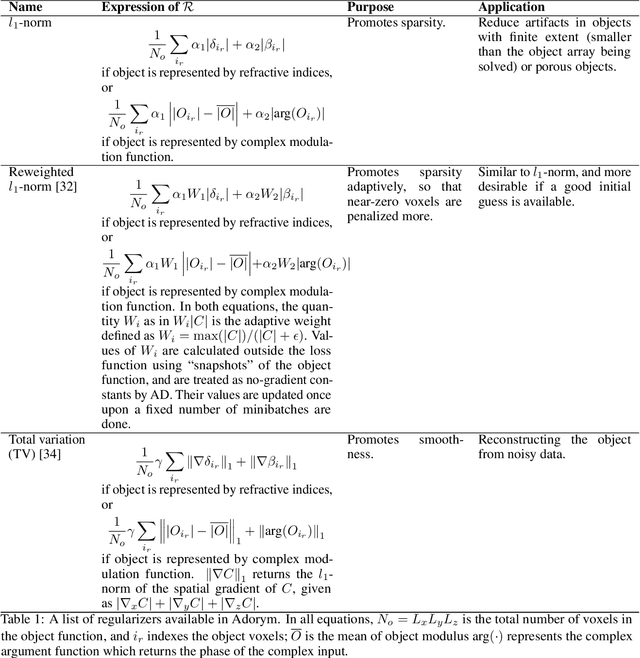
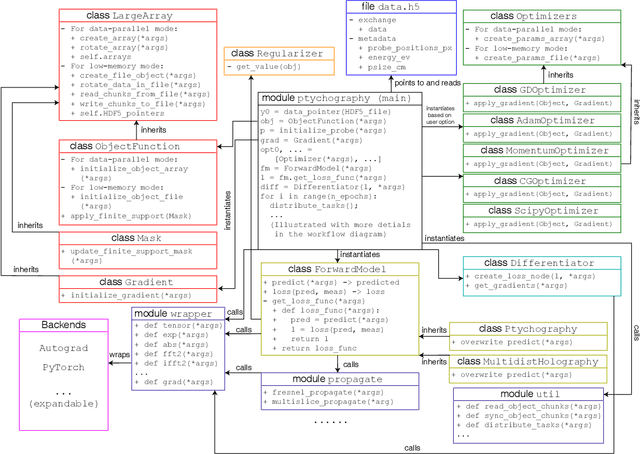
Abstract:We describe and demonstrate an optimization-based x-ray image reconstruction framework called Adorym. Our framework provides a generic forward model, allowing one code framework to be used for a wide range of imaging methods ranging from near-field holography to and fly-scan ptychographic tomography. By using automatic differentiation for optimization, Adorym has the flexibility to refine experimental parameters including probe positions, multiple hologram alignment, and object tilts. It is written with strong support for parallel processing, allowing large datasets to be processed on high-performance computing systems. We demonstrate its use on several experimental datasets to show improved image quality through parameter refinement.
Searching for Apparel Products from Images in the Wild
Jul 04, 2019

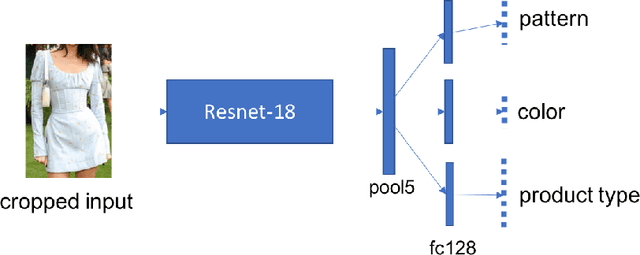
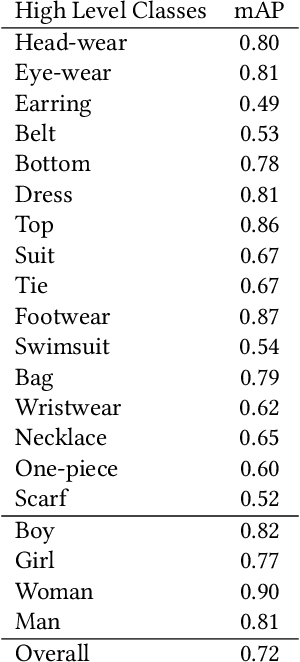
Abstract:In this age of social media, people often look at what others are wearing. In particular, Instagram and Twitter influencers often provide images of themselves wearing different outfits and their followers are often inspired to buy similar clothes.We propose a system to automatically find the closest visually similar clothes in the online Catalog (street-to-shop searching). The problem is challenging since the original images are taken under different pose and lighting conditions. The system initially localizes high-level descriptive regions (top, bottom, wristwear. . . ) using multiple CNN detectors such as YOLO and SSD that are trained specifically for apparel domain. It then classifies these regions into more specific regions such as t-shirts, tunic or dresses. Finally, a feature embedding learned using a multi-task function is recovered for every item and then compared with corresponding items in the online Catalog database and ranked according to distance. We validate our approach component-wise using benchmark datasets and end-to-end using human evaluation.
 Add to Chrome
Add to Chrome Add to Firefox
Add to Firefox Add to Edge
Add to Edge